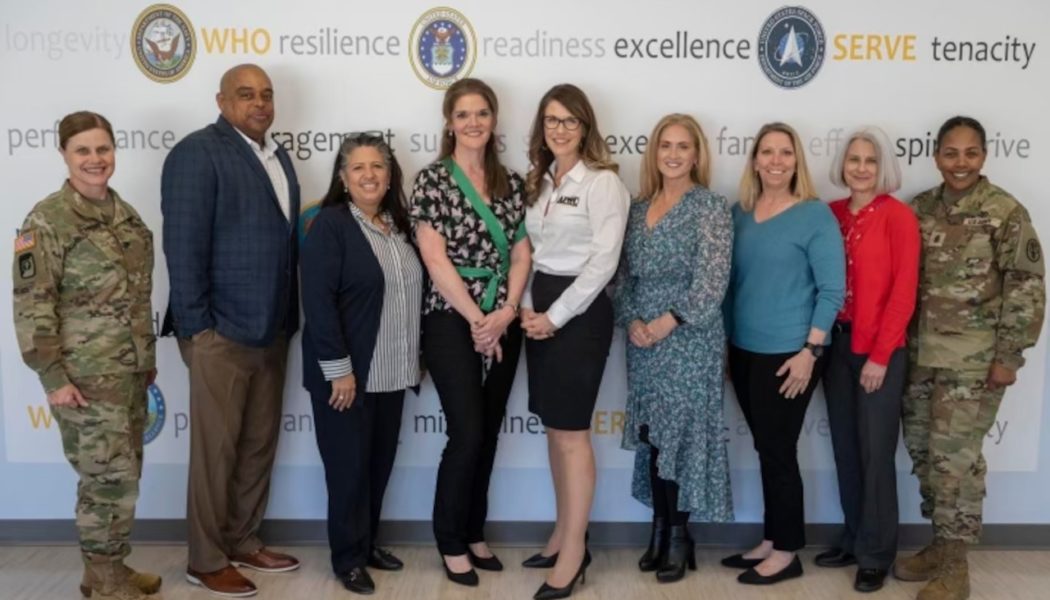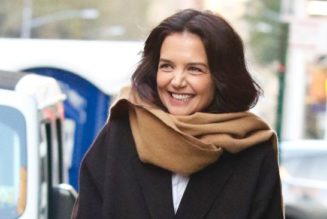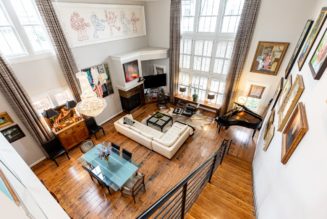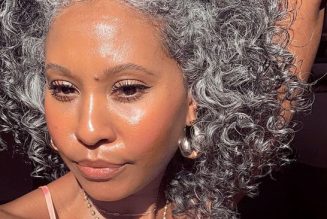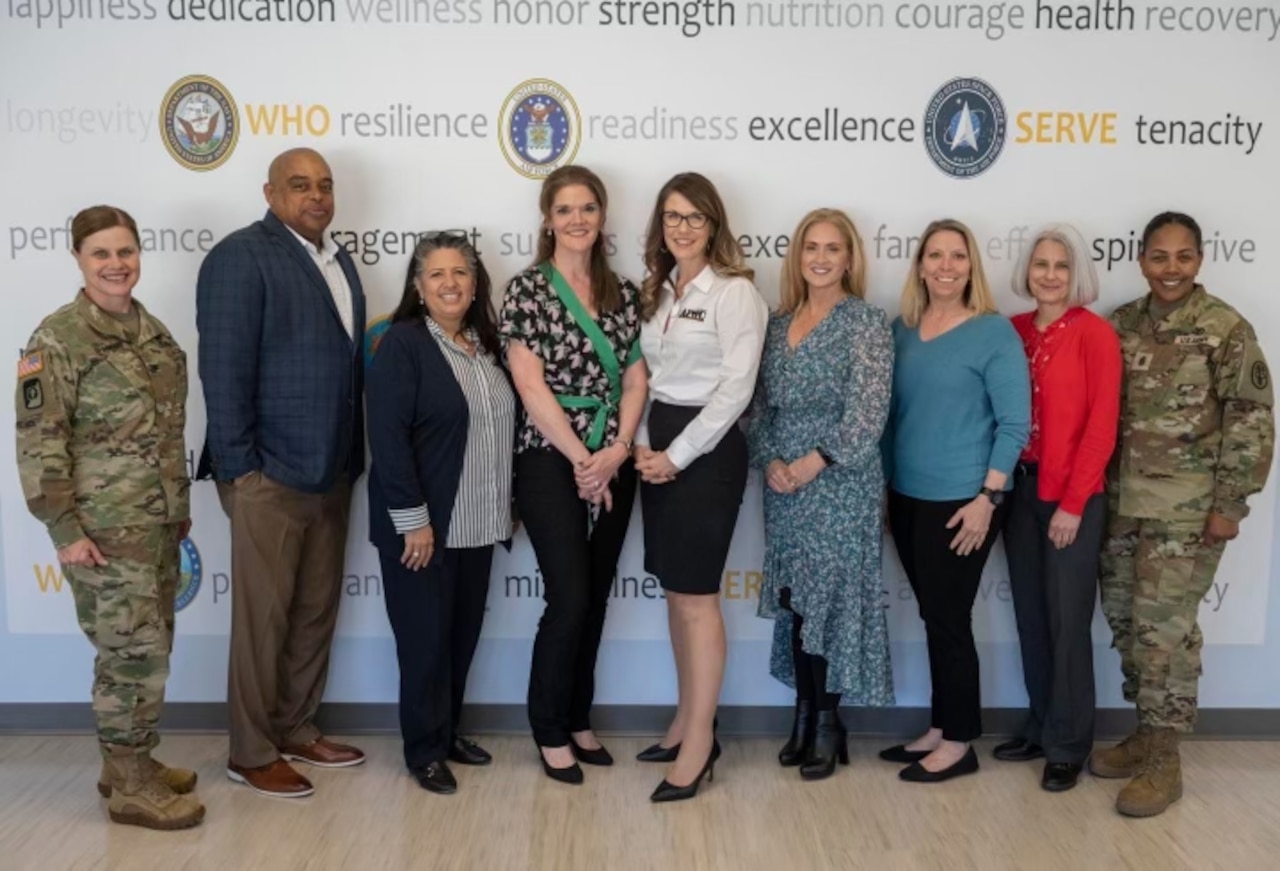
Maintaining fitness is often a challenge for service members and their families, but COVID-19 wreaked havoc with fitness routines and the Defense Health Agency would like to get people back on track.
The spouses of the senior enlisted leaders of the force recently visited the Armed Forces Wellness Center at Fort Belvoir, Virginia, to examine the offerings at the center and see how they apply to service members, their families and DOD civilians.
The Wellness Centers began as an Army program in 2008 and has since expanded to all services, officials said. They designed the program to “provide healthy behavior change through science-based education, coaching and technology for service members, their families, military retirees and DOD civilians,” Nicole Leth, the director of the Fort Belvoir Armed Forces Wellness Center, said.
The Armed Forces Wellness Center is a key to ensuring better health to all who use it. “The key takeaways from this visit focused on the preventive side of our lifestyles, by creating awareness and ensuring accountability for ourselves,” said Janet Colón, the spouse of Senior Enlisted Advisor to the Chairman Ramón “CZ” Colón-López. “Nicole and her team help to develop wellness plans that will generate the healthy lifestyles that our service members and their families need to cope with the stresses of military life. Hats off to the Armed Forces Wellness Center team for their care and commitment to our forces.”
Leth explained in a later interview that the classes in the current 35 Armed Forces Wellness Centers are the same. “A service member as they … move to different locations, will receive consistent service,” she said. “They’re getting the same assessments, the same care and the same education. It makes it nice for continuity of care.”
The center has advanced technology that can assess fat-free mass in pounds and then overall body fat percentage, Leth said. “And while that scares some people, that’s really helpful.”
The continuous monitoring also can show those who use the Armed Forces Wellness Center that if they make lifestyle changes, they can see how they’re shifting their body fat percentage in a healthy direction, Leth said.
“We also do metabolic testing, so we can test your resting metabolic rate,” she said. “And then we add in your lifestyle, your exercise calorie burn that you report to us, and then we can give you a targeted calorie goal based on your desired outcome.”
The center also does fitness testing to determine respiratory fitness levels. “It can be a good way to know where you’re at for your cardio-vascular health,” Leth said.
Leth stressed that the Armed Forces Wellness Centers are open to all, and while the most are on Army bases now, they soon will be spread all around the joint force. It is also important that family members take part. “We’re really messaging how important taking care of our family members and our spouses is to warfighter readiness,” she said. “I’m a military spouse myself of 18 years. My husband has been in for a little over 25 years. It is important that if he has health and wellness goals that he’s trying to get after, then family members really have to be on board with that too.”
